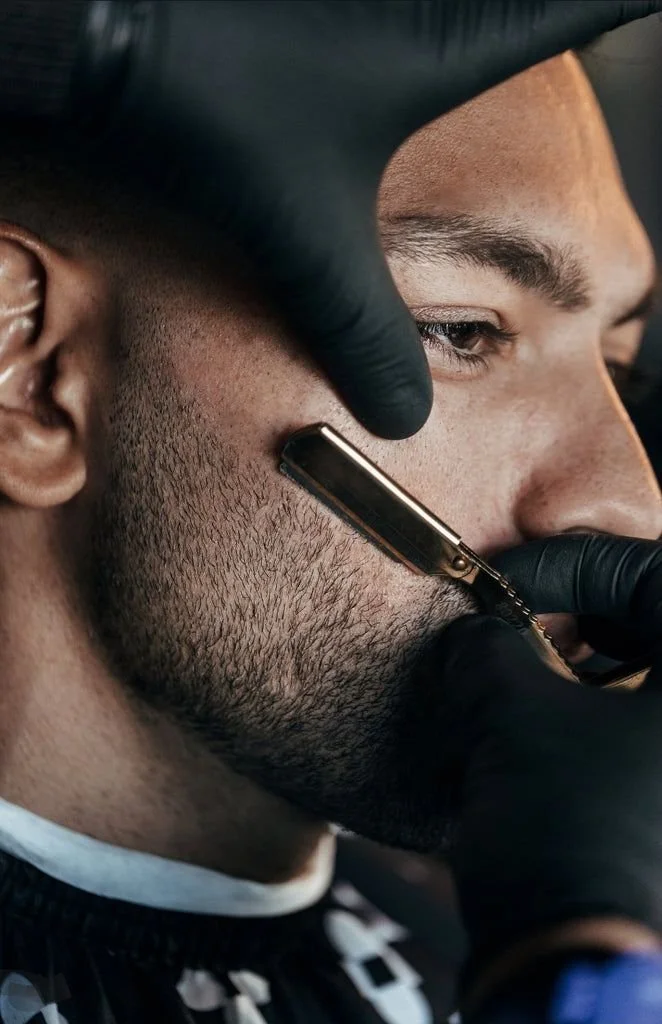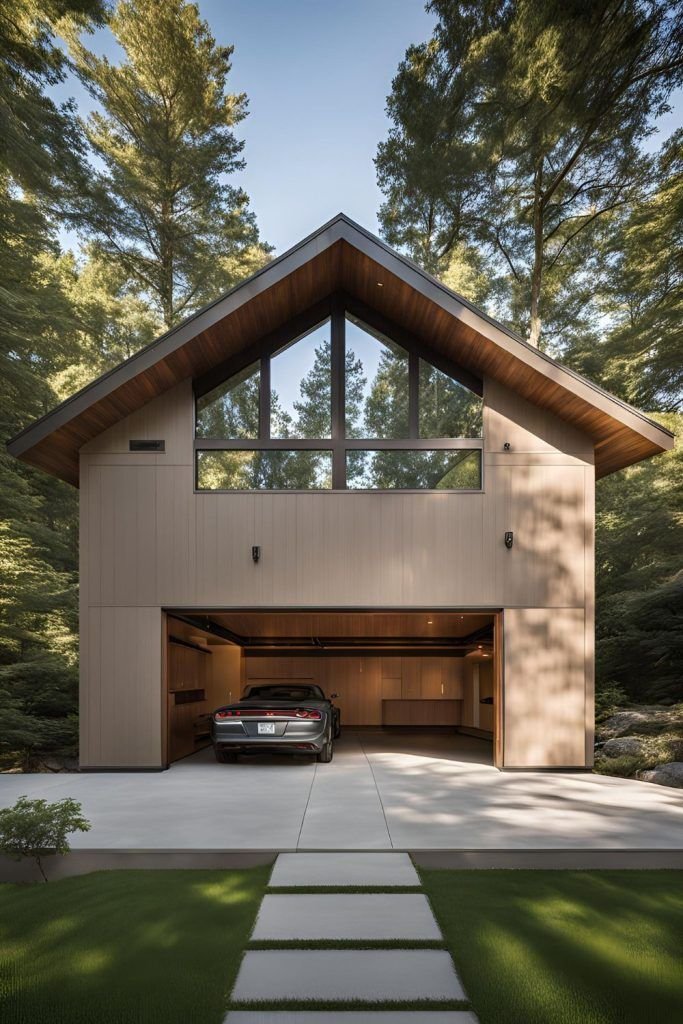For first-time visitors, the enchanting state of Rajasthan, located in northwestern India, is the perfect gateway to the country’s grandeur and diversity. Whether you’re planning a whirlwind cultural tour or a leisurely luxury vacation in Rajasthan offers a treasure trove of unforgettable experiences. In this article, we share five must-see attractions that will make your trip truly extraordinary.
No. 1
The Amber Fort
Your journey through Rajasthan’s royal past begins at the Amber Fort, perched on a hilltop overlooking the serene Maota Lake near Jaipur. Built in the 16th century by Raja Man Singh I, this architectural masterpiece of sandstone and marble is a testament to the opulence of Rajasthan’s history.
Highlights of the Amber Fort
Lavish Courtyards: Explore the Diwan-e-Aam (Hall of Public Audience) and the Diwan-e-Khas (Hall of Private Audience), where the grandeur of royal life comes alive.
Sheesh Mahal: Admire the intricate mirror work of the Sheesh Mahal, where tiny mirrors reflect light in mesmerizing patterns.
Panoramic Views: End your visit with breathtaking views of the rugged Aravalli Hills from the fort’s ramparts, offering the perfect photo opportunity.
The Amber Fort is a must-visit for history buffs and photography enthusiasts alike.
No. 2
Lake Pichola
No trip to Udaipur is complete without experiencing the tranquil beauty of Lake Pichola, a man-made lake surrounded by hills and dotted with islands. Known as the “Venice of the East,” Udaipur’s charm is epitomized by this shimmering oasis.
How to Enjoy Lake Pichola
Sunset Boat Ride: Glide across the lake during sunset to soak in the stunning scenery and marvel at the iconic Lake Palace, which appears to float on water.
Lakeside Dining: For a memorable experience, book a table at a lakeside restaurant. As the sun sets, the city lights reflect off the water, creating a magical dining ambiance.
Lake Pichola is a serene escape that perfectly captures the romance of Udaipur.
No. 3
Ranthambore National Park
For an intimate encounter with India’s wildlife, head to Ranthambore National Park, a haven for nature lovers and photography enthusiasts.
What to Expect at Ranthambore
Morning and Evening Safaris: These are your best chances for spotting tigers in their natural habitat. The early hours offer a tranquil backdrop as the forest awakens with birdsong and rustling leaves.
Wildlife Diversity: Keep your camera ready for sightings of leopards, sloth bears, and a variety of bird species.
Ranthambore offers a thrilling blend of adventure and natural beauty, making it a must-visit for wildlife enthusiasts.
Hopper
The #1 most downloaded travel app in North America. Save up to 40% on travel costs + earn free travel rewards.
GET A $25 HOPPER TRAVEL VOUCHER
Use coupon code:
HELLOLOVELYLIVING
No. 4
Jaswant Thada
Nestled in the heart of Jodhpur, the Jaswant Thada is an architectural gem that often flies under the radar. Built in memory of Maharaja Jaswant Singh II, this white-marble cenotaph is a peaceful retreat from the bustling streets of the Blue City.
Why Visit Jaswant Thada
Intricate Craftsmanship: Admire the delicate latticework and intricate carvings that make this memorial a standout.
Beautiful Gardens: Stroll through the landscaped gardens, which provide a serene atmosphere for reflection.
Morning Glow: Visit in the morning to see the soft sunlight illuminate the marble, creating an ethereal glow.
Mehrangarh Fort Views: The imposing Mehrangarh Fort nearby offers a stunning contrast and completes the experience.
Jaswant Thada is a hidden gem that adds a touch of tranquility to your Rajasthan itinerary.
No. 5
Jaipur’s Markets
No trip to Rajasthan is complete without diving into the vibrant markets of Jaipur, the Pink City. A shopper’s paradise, Jaipur’s bustling bazaars offer everything from textiles and jewelry to pottery and spices.
Top Markets to Explore
Johari Bazaar: Famous for its exquisite gemstones and jewelry.
Bapu Bazaar: A treasure trove of colorful textiles, mojari (traditional leather shoes), and handicrafts.
Tips for Shopping in Jaipur
Haggling is Expected: Bargaining is part of the fun, so don’t hesitate to negotiate for the best price.
Local Specialties: Look for unique items like block-printed fabrics, blue pottery, and handcrafted souvenirs.
Exploring Jaipur’s markets is an adventure in itself, offering a vibrant glimpse into Rajasthan’s rich culture and craftsmanship.
Takeaways
Whether you’re scaling ancient forts, spotting tigers in the wild, or bargaining for treasures in Jaipur’s bustling markets, every moment in Rajasthan feels like a story waiting to be told.
As you plan your first vacation to this enchanting state, make space in your itinerary for these five must-see attractions. They’re sure to set the stage for a lifetime of cherished memories, offering a perfect blend of history, culture, and natural beauty.
Rajasthan awaits—are you ready to explore its magic?
Looking for Travel resources?
Looking to embark on a transformative journey to discover new cultures, expand your horizons, and reconnect with yourself? Explore, learn, and awaken your wanderlust with our travel partners designed to support you on your next getaway.














































































































































































































